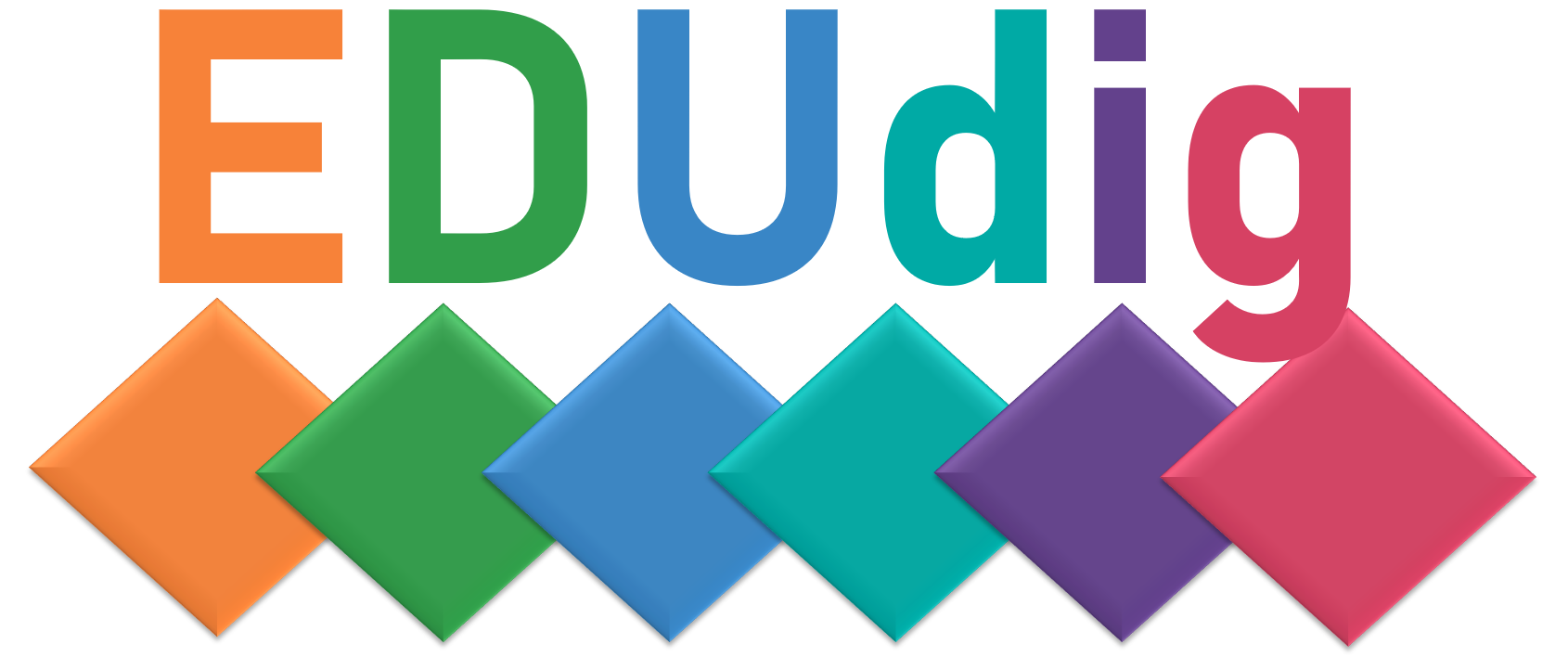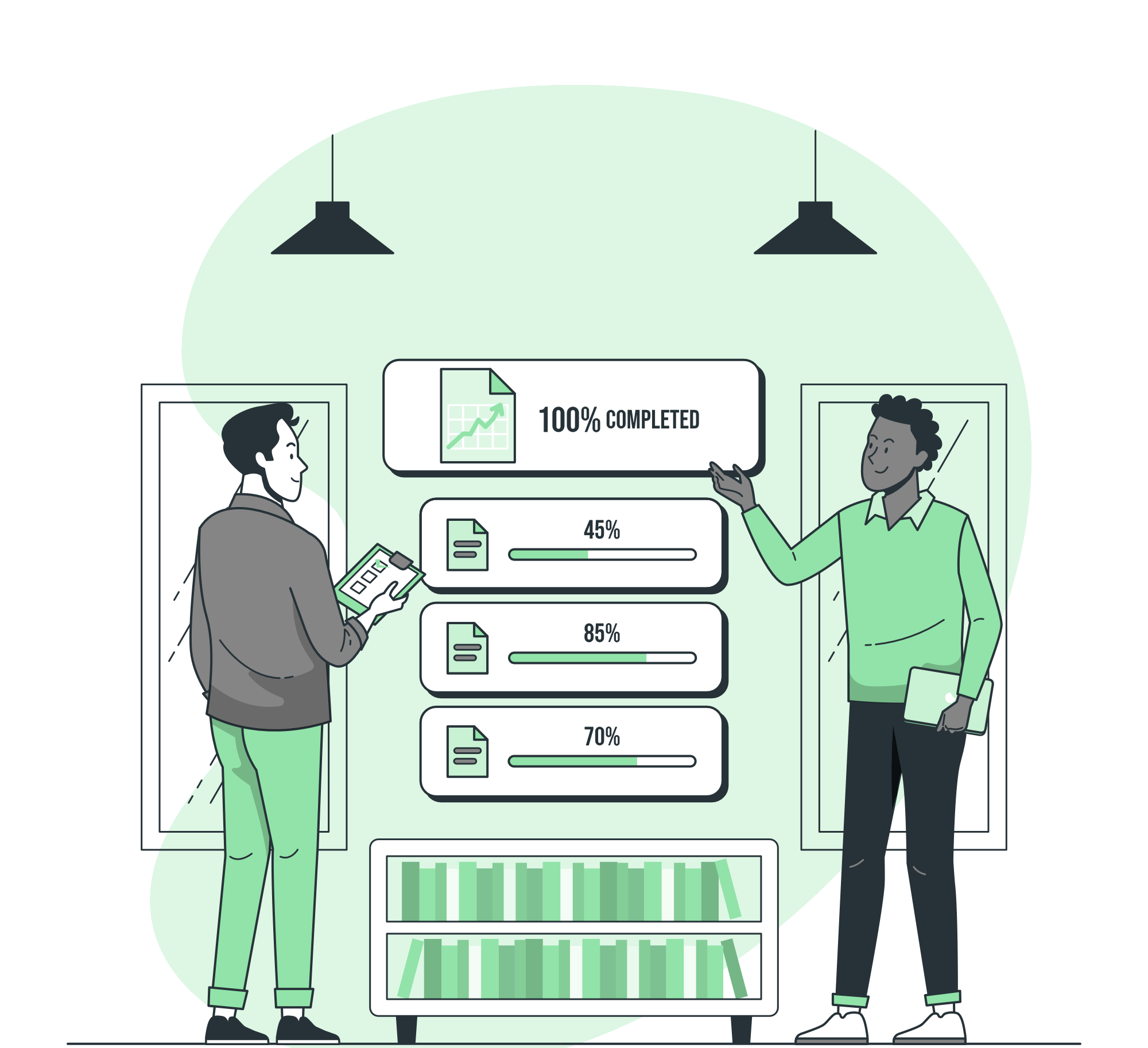Training
1. Digitally enhanced collaboration
1.1 About this chapter
Digitally enhanced collaboration refers to the use of digital technology to facilitate and improve communication and joint work among individuals and groups in various settings, such as in the workplace, education, and social networks. This can include tools such as video conferencing, instant messaging, online document sharing, and project management software that allow people to work together efficiently and effectively regardless of their physical location. The goal of digitally enhanced collaboration is to increase productivity, promote innovation, and enhance social interaction and learning opportunities.
In this chapter, the focus is to reflect on the concept of collaboration in educational settings, highlighting its potential to promote learner agency. Hence, light is shed over some collaboration techniques and digital tools to support them that may drive the educators’ creative processes.
The main goal of this chapter is to ensure that trainees can achieve the following learning goals:
- Recognise and identify the benefits of collaboration for the learning process;
- Analyse the potential of different digitally enhanced collaboration activities to promote learner engagement and accountability;
- Characterise the advantages and disadvantages of different digital tools that may support the development of collaborative learning.
In terms of time, the creation of a collaboration strategy strongly depends on the familiarity of the educator with the learning goal and/or the selected digital tool. In average, it should not take longer than 1/2 hours.

